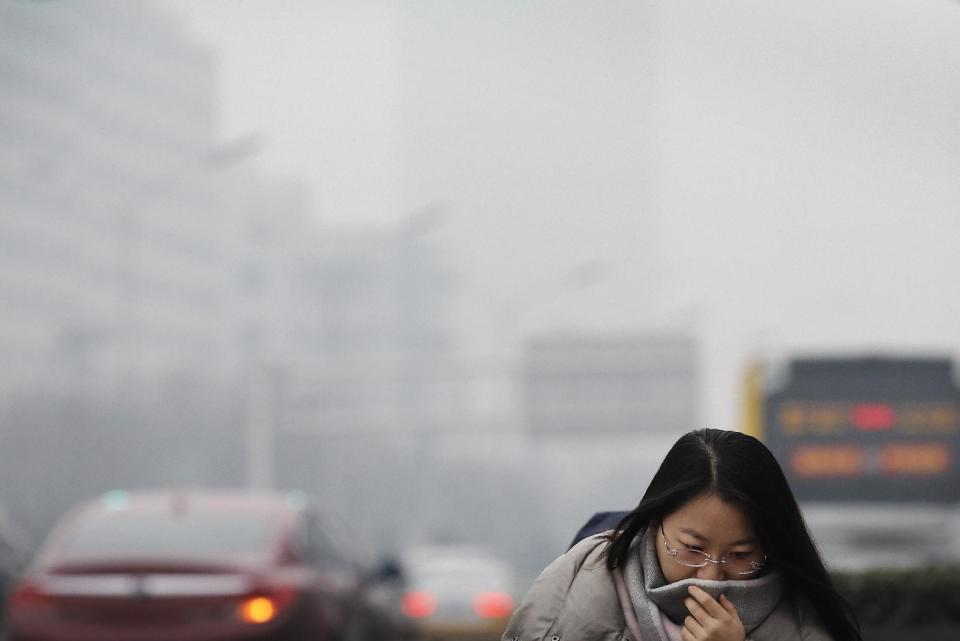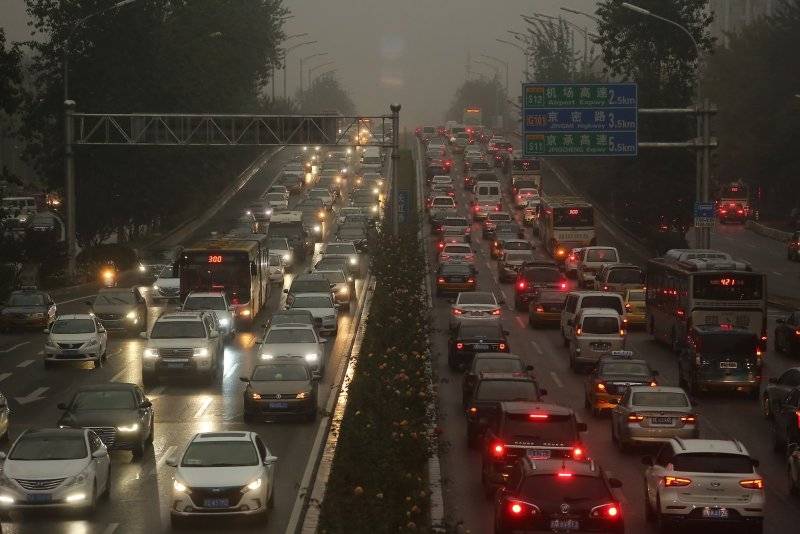ScienceRocks
Democrat all the way!
- Banned
- #1
Clearing Chinas smog with artificial rain
Clearing China?s smog with artificial rain | DVICE
China is notorious for smog emergencies, thanks to its severe air pollution. Smog has done everything from grounding planes at major airports to closing schools across the country. Chinas smog is so dense that its even crept over to Japan and across other parts of Asia. Although the country is working on putting measures into place to combat pollution, China still needs a more immediate solution for clearing up the heavy smog. This is why the country is putting its hopes on artificial rain, according to the China Meteorological Administration.
Clearing China?s smog with artificial rain | DVICE


 Eyah..
Eyah..







